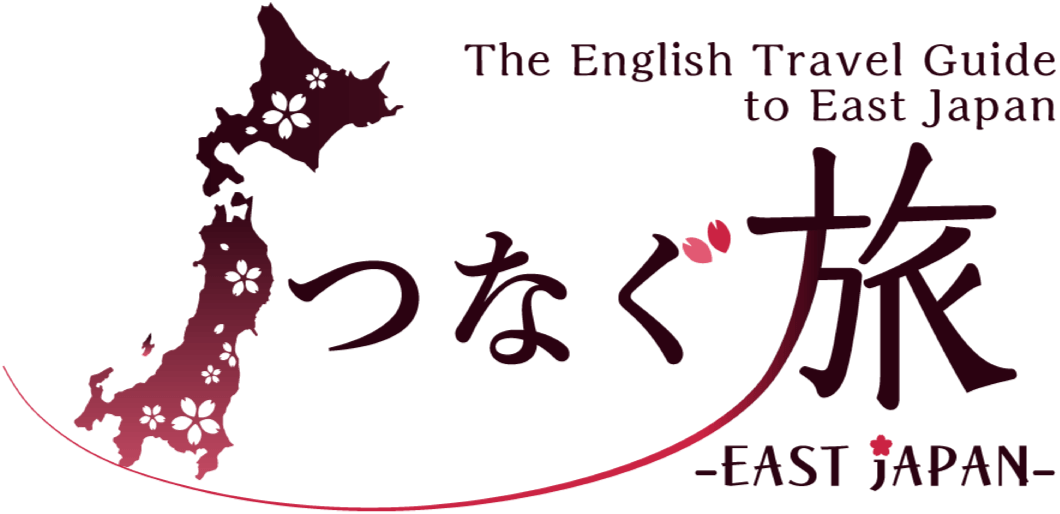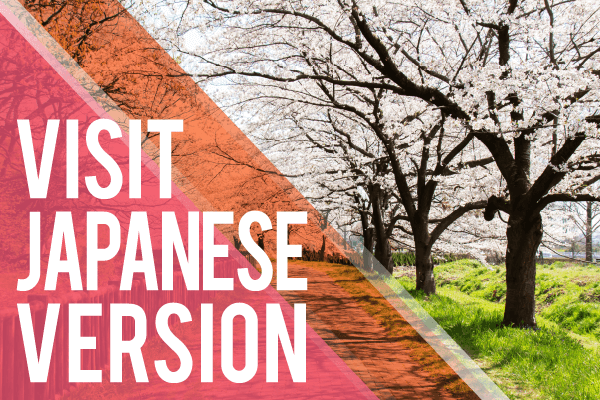- hachinohe
- akita
- saitama
- nanto
Great satisfaction even on rainy days! A trip where you can learn, train, and have fun.
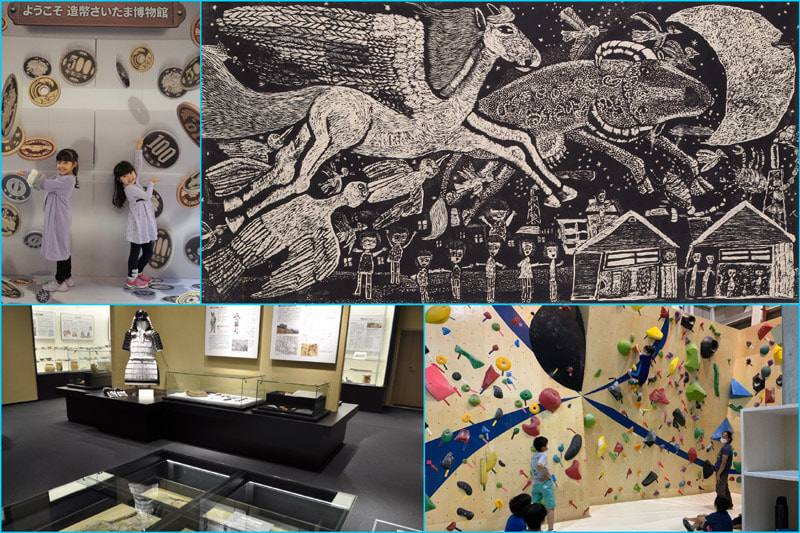
If you're stuck on where to go for fun on a rainy day, we recommend all-weather indoor facilities where you can enjoy any rainy day. This time, we will introduce a course where you can deepen your learning through museums and archives, heal your heart by experiencing art at art museums, and get some exercise at sports facilities. Whether you want to visit all the spots or pick and choose depending on your destination, it's all good! Let yourself embark on a trip to Eastern Japan where you can learn and exercise with all your might, even on rainy days.

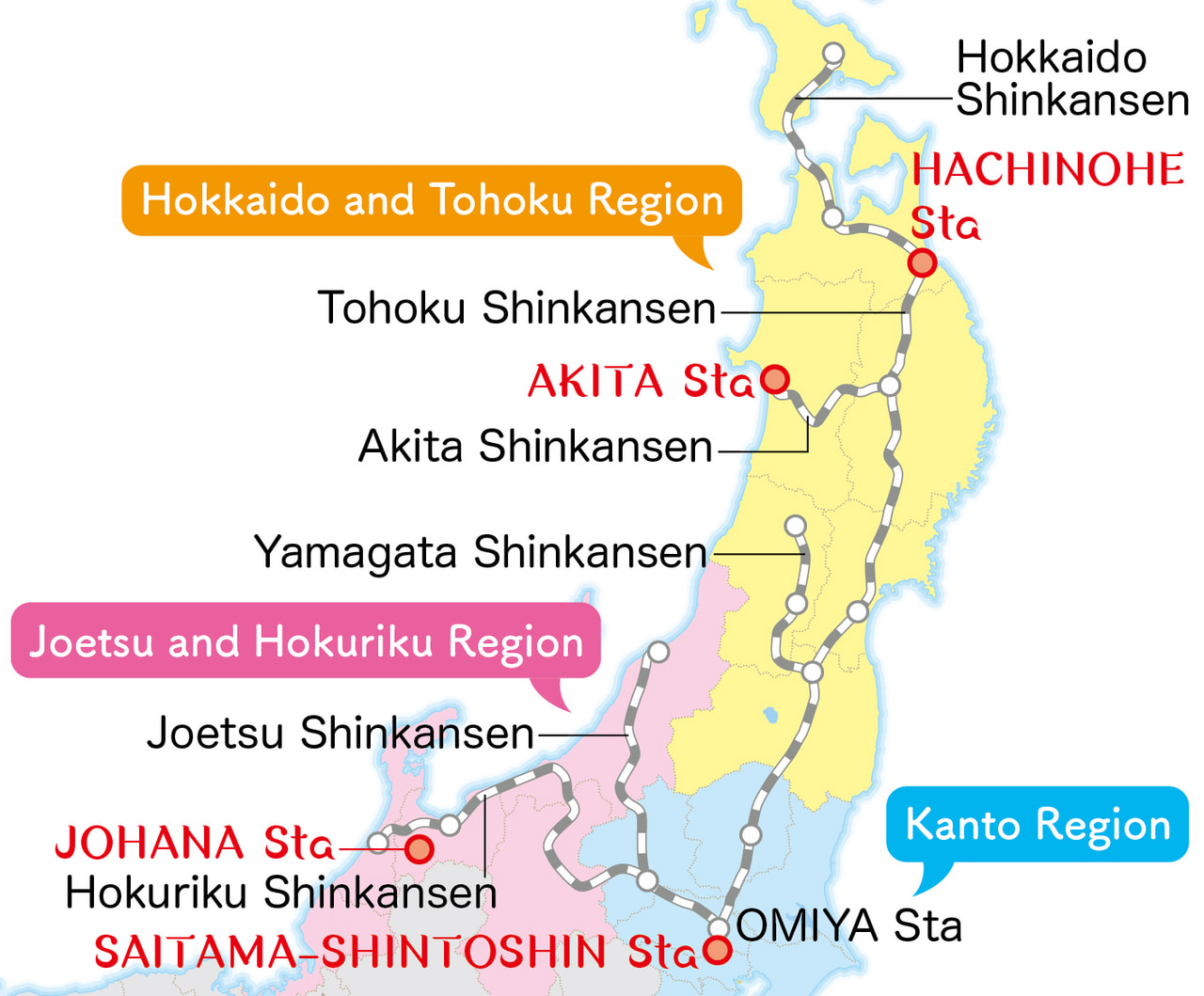
Starting from Hachinohe Station, take the Tohoku Shinkansen south to Morioka Station, then transfer to the Akita Shinkansen to head towards Akita Station. From there, take the Shinkansen south to Omiya Station, and transfer to a local train to head to Saitama-Shintoshin Station. Finally, to reach the final destination of Johanamachi, take the Hokuriku Shinkansen from Omiya Station to Shin-Takaoka Station, then transfer to a local train to head towards Johana Station. Each spot can be reached by bus or taxi from the nearest station, making this a recommended train journey.
“Hachinohe Art Museum”
Renewed in November 2021! The Art Farm for Encounters and Learning
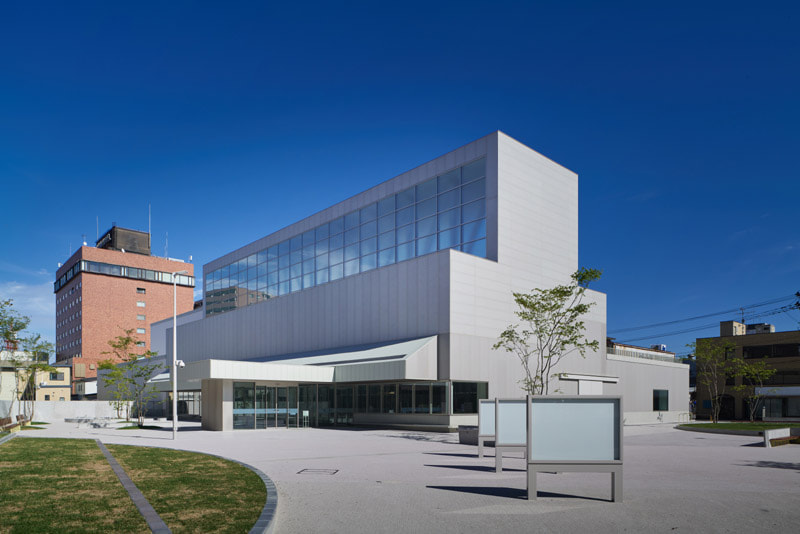
Hachinohe City is located in the eastern part of Aomori Prefecture and is known as the second largest city in the prefecture, along with Aomori City and Hirosaki City, collectively referred to as the three major cities of Aomori. It is a comfortable climate throughout the year, as it receives less snow compared to other regions in the prefecture and enjoys cool temperatures during summer. Because of the presence of the Hachinohe Domain during the Edo period, many aspects of the local food and cultural heritage have been preserved, giving a sense of the former castle town even to this day. “The Hachinohe Art Museum” (pictured) houses a permanent collection of approximately 3,000 works of art, showcasing the beauty and cultural heritage of Hachinohe.
DATA
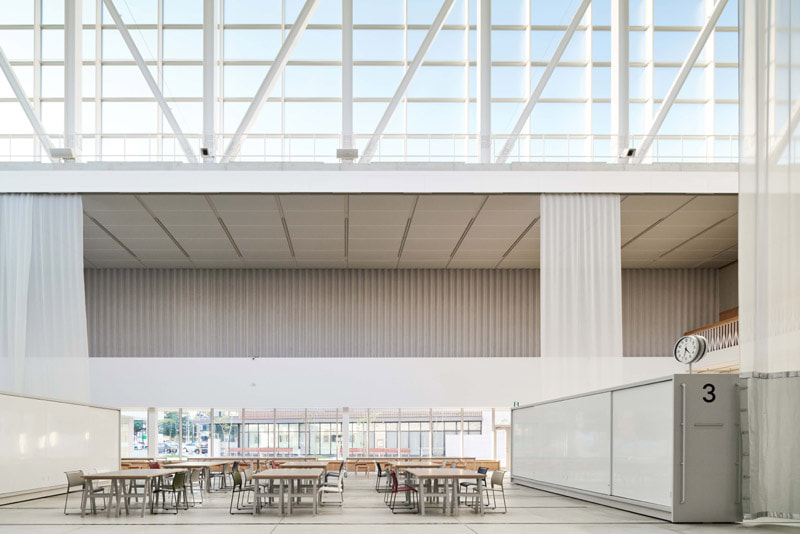
“Akita City History Museum of Akita Fort Ruins” in Akita city
The remains of a large local government office from the Nara to Heian periods.
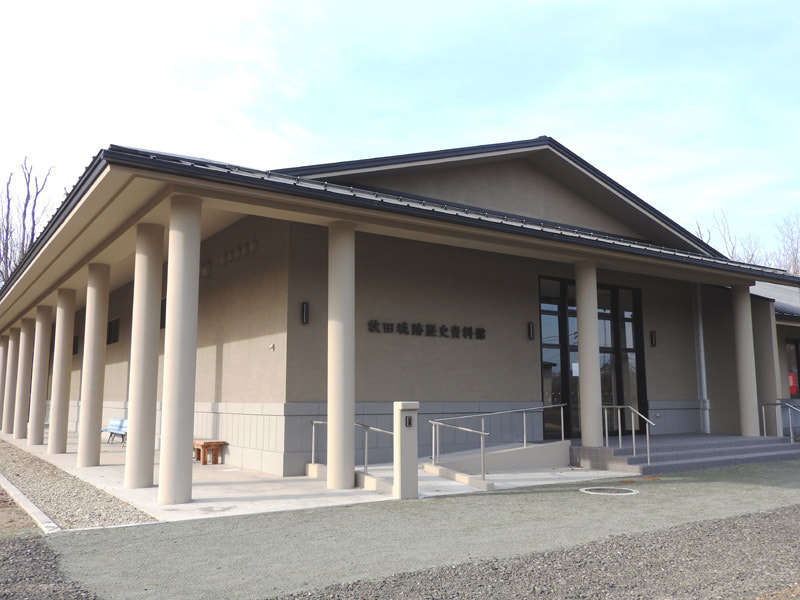
Akita City is located almost in the center of Akita Prefecture, facing the Sea of Japan, and is blessed with abundant nature, including access to the ocean, rivers, and mountains. One of the three major festivals in the Tohoku region, the “Akita Kanto Festival”, which has been passed down for about 270 years and is designated as an important intangible cultural asset of Japan, is held every year from August 3rd to 6th. In addition, Akita City is known for its rich traditional local cuisines, such as Kiritanpo, Inaniwa udon, and Hatahata". Akita Castle was a large local government office located on the Sea of Japan side of the Tohoku region (Dewa Province) during the Nara to Heian periods, and excavation work is still ongoing. The “Akita City History Museum of Akita Fort Ruins” (pictured) displays the excavated artifacts from the site.
DATA
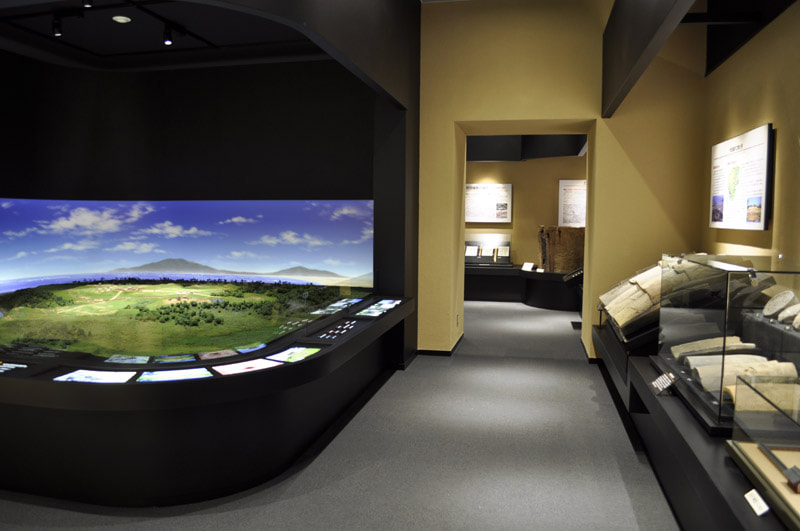
“Mint Museum Saitama” in Saitama City
Learning about the history of money, the manufacturing process of currency, and medals.
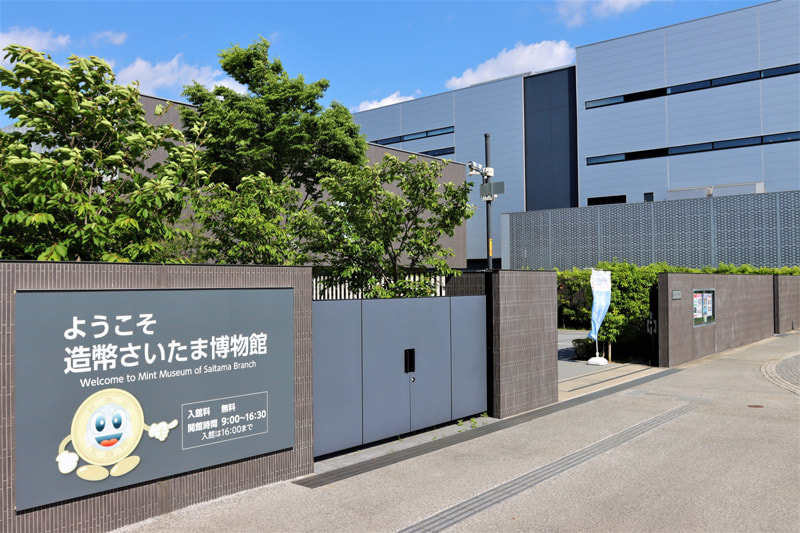
Saitama City, home to Omiya Station, is known as the gateway to eastern Japan, due to the six Shinkansen lines passing through it. The city is the capital of Saitama prefecture and it was formed in 2001 (Heisei 13) through the merger of three cities: Urawa, Omiya, and Yono. Saitama City is located in the center of the Kanto Plain, and its major geographical feature is actually the lack of mountains and hills. Among the city's attractions are the Omiya Bonsai Art Museum, the Saitama Doll Museum in Iwatsuki, and the Railway Museum. In addition, there is the "Mint Museum Saitama" (pictured) adjacent to the Saitama branch of the Japan Mint, which was originally in Toshima Ward in Tokyo in 2016 (Heisei 28). You can see historical documents and also take a factory tour to observe the actual manufacturing process of currency and medals.
DATA
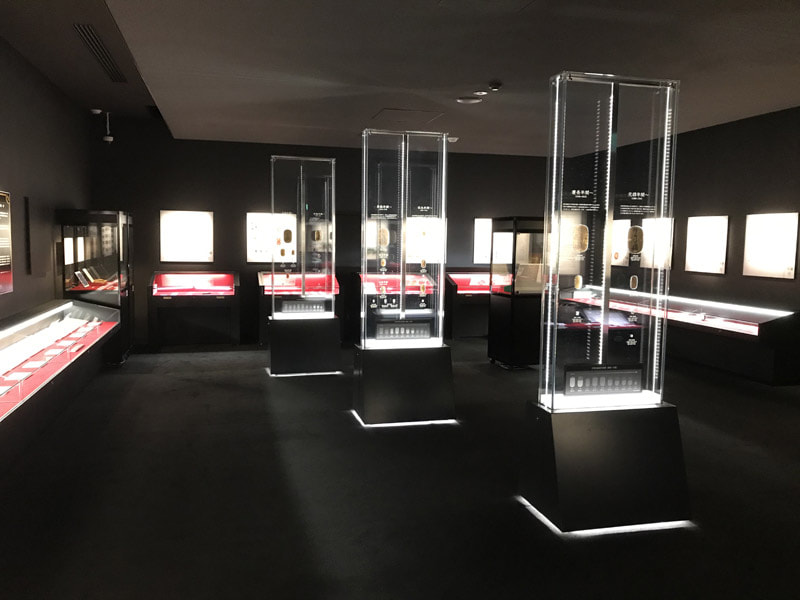
“Sakuragaike Climbing Center” in Nanto city
Venue for Youth Championship! Renewed in 2020
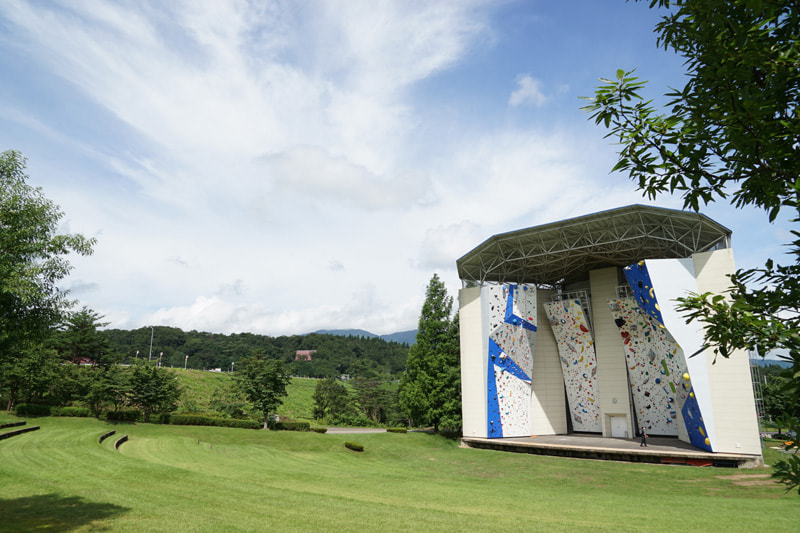
Nanto City, known for its Gokayama Gassho-style villages, "Living World Heritage", and other traditional Japanese culture elements, still vividly preserves the charm of old Japan. The “Fukuno Yotata Festival”, which has a 360-year history, and the “Johana Hikiya Festival”, which is designated as a national intangible folk-cultural asset, are among the many cultural traditions that are rich in emotion and that have been passed on. Approximately 80% of the city area, including the Hakusan National Park, is covered by forests, and the city is blessed with abundant nature. The “Sakuragaike Climbing Center” (pictured) has recently become a popular tourist attraction in Nanto City. It is widely used as a competition venue for sport climbing, which was added as a new sport in the Tokyo 2020 Olympics.
DATA

Great satisfaction even on rainy days! A trip where you can learn, train, and have fun.
For those who are wondering where to go on a rainy day, we have introduced a trip to museums and facilities where you can experience and feel various things. Things that you "didn't know before" or "haven't done before" might become the starting point for an interesting trip!
